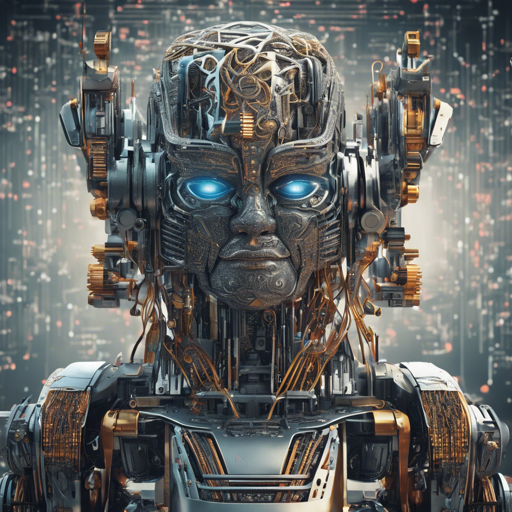In the realm of AI and machine learning, a powerful tool has emerged that allows for converting handwritten text images into digital text—especially useful for Thai characters. This guide will walk you through using the Thai TrOCR (Transformer for Optical Character Recognition) model to achieve this transformation effectively.
What is the Thai TrOCR Model?
Imagine you are trying to read a handwritten letter but finding it challenging because the handwriting is not very clear. The Thai TrOCR is like a highly trained assistant who can read such letters for you! Utilizing sophisticated vision encoder-decoder models, specifically the ThaiGov V2 Corpus and synthetic text generation, this model fine-tunes itself on 250k synthetic text image datasets. It combines the strengths of the microsoft/trocr-base-handwritten as the encoder and airesearch/wangchanberta-base-att-spm-uncased as the decoder.
How to Implement the Model
Let’s dive into the code! Just like following a recipe, you have to collect your ingredients and mix them in the right order. Here’s how you do it:
- Ensure you have the required libraries installed, particularly Pillow and transformers.
- Load your image of handwritten text that you would like to convert.
- Prepare the model and processor from the pre-trained versions.
- Use the model to generate the corresponding text from the uploaded image.
Here’s a step-by-step code implementation:
python
from PIL import Image
from transformers import TrOCRProcessor, VisionEncoderDecoderModel
# Load processor and model
processor = TrOCRProcessor.from_pretrained('kkatiz/thai-trocr-thaigov-v2')
model = VisionEncoderDecoderModel.from_pretrained('kkatiz/thai-trocr-thaigov-v2')
# Open and preprocess the image
image = Image.open('... your image path').convert('RGB')
pixel_values = processor(image, return_tensors='pt').pixel_values
# Generate text
generated_ids = model.generate(pixel_values)
generated_text = processor.batch_decode(generated_ids, skip_special_tokens=True)[0]
# Print generated text
print(generated_text)
Breaking Down the Code with an Analogy
Think of using this model like baking a cake. Each step of the code can be seen as a stage in your baking process:
- Gathering Ingredients: Loading the necessary libraries and selecting the pre-trained processor and model is like gathering flour, sugar, and eggs before baking.
- Prepping the Cake Mix: Opening your image and converting it is akin to mixing your ingredients together to get a consistent batter.
- Baking the Cake: The model.generate() function is where the magic happens; it’s like putting your cake in the oven, as it combines all the elements to create the final output.
- Checking for Doneness: Printing the generated text is your moment of truth—just like checking if your cake has risen perfectly!
Troubleshooting Common Issues
Even with a well-prepared recipe, sometimes things don’t go as planned. Here are some troubleshooting tips:
- If you encounter an error related to image format, ensure your image is converted to RGB.
- Check if your libraries are up to date. Use
pip install --upgrade transformersto upgrade. - For issues with the model or outputs not being as expected, ensure you have downloaded the correct model using the full path.
- If you still face challenges, please check the fxis.ai community discussions for solutions.
For more insights, updates, or to collaborate on AI development projects, stay connected with fxis.ai.
Conclusion
Leveraging models like the Thai TrOCR can drastically simplify the task of converting handwritten text to digital form. With the right tools and this guide, you’re now ready to take your first steps in utilizing AI for optical character recognition and beyond.
At fxis.ai, we believe that such advancements are crucial for the future of AI, as they enable more comprehensive and effective solutions. Our team is continually exploring new methodologies to push the envelope in artificial intelligence, ensuring that our clients benefit from the latest technological innovations.

